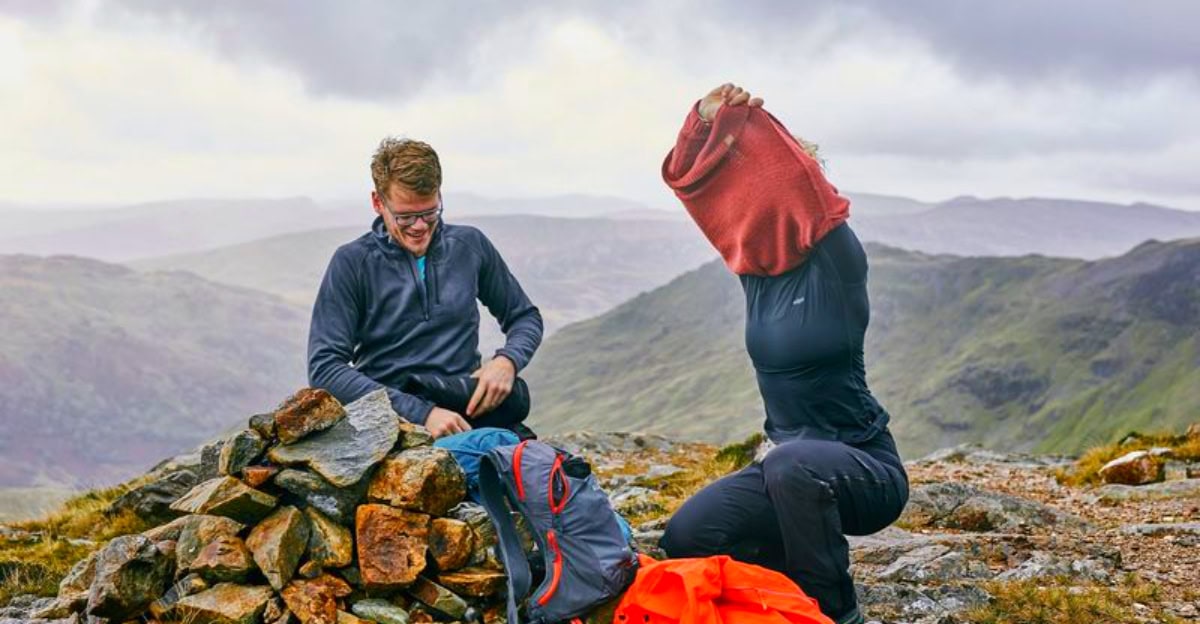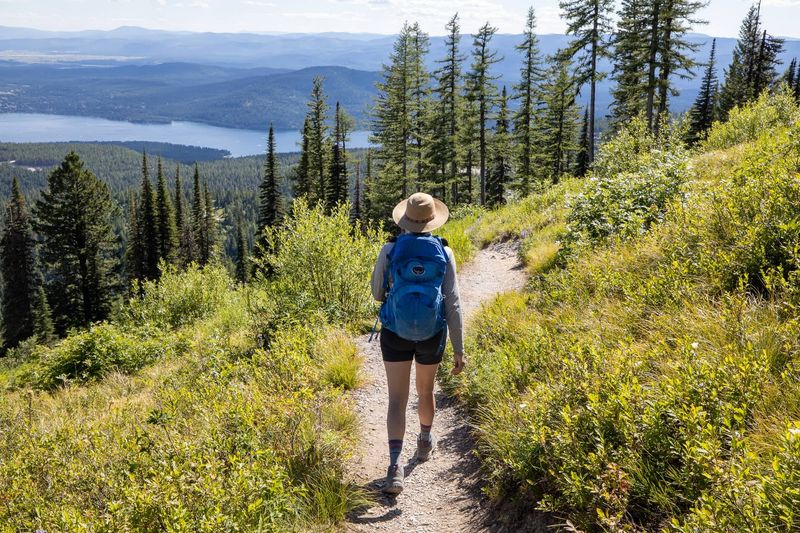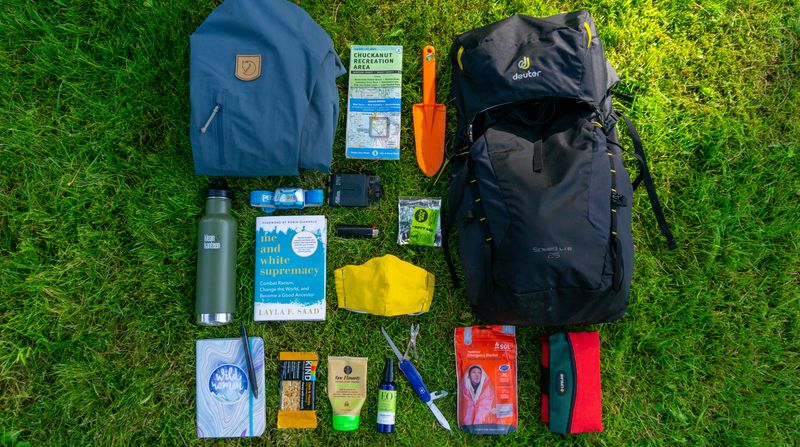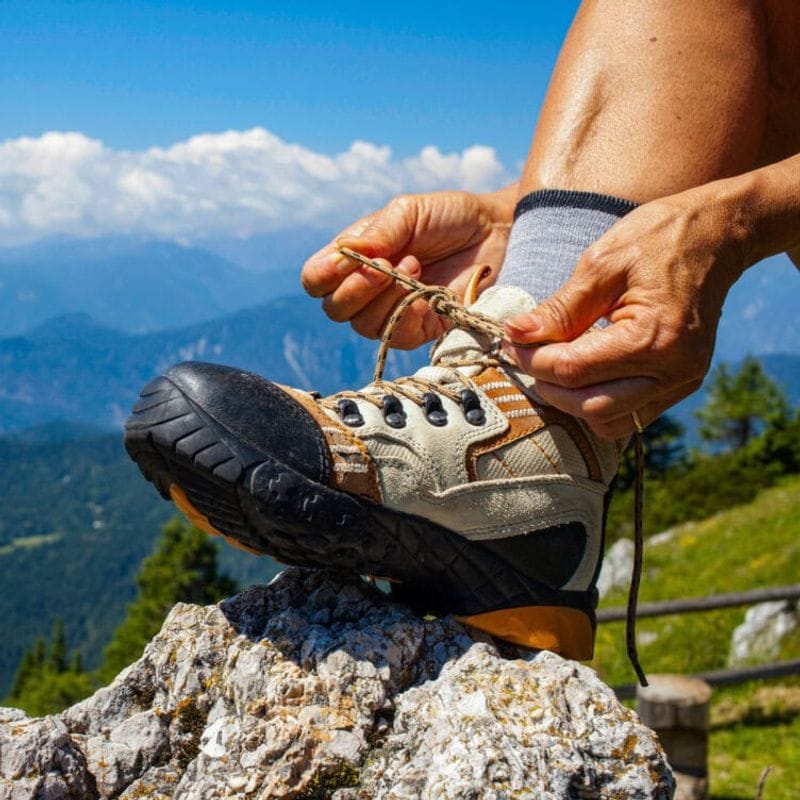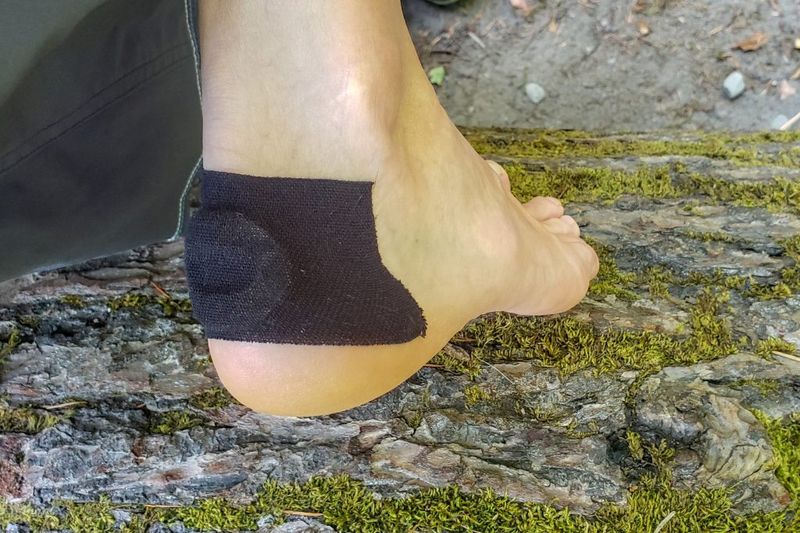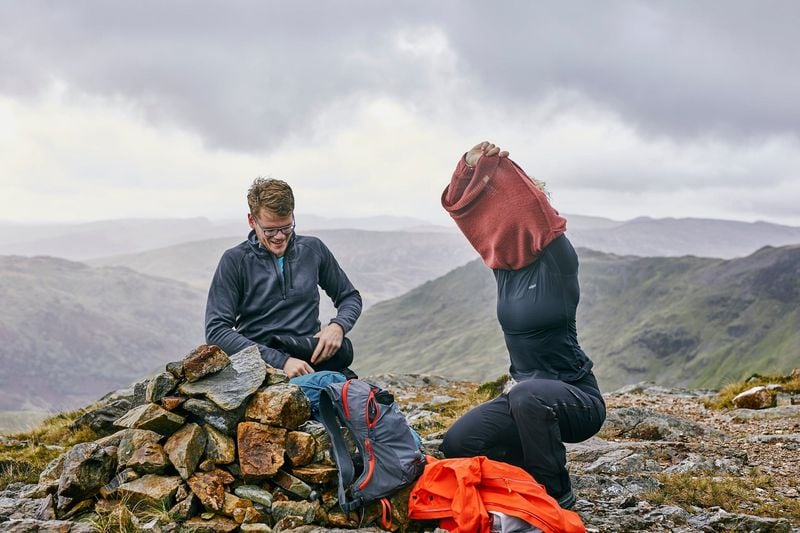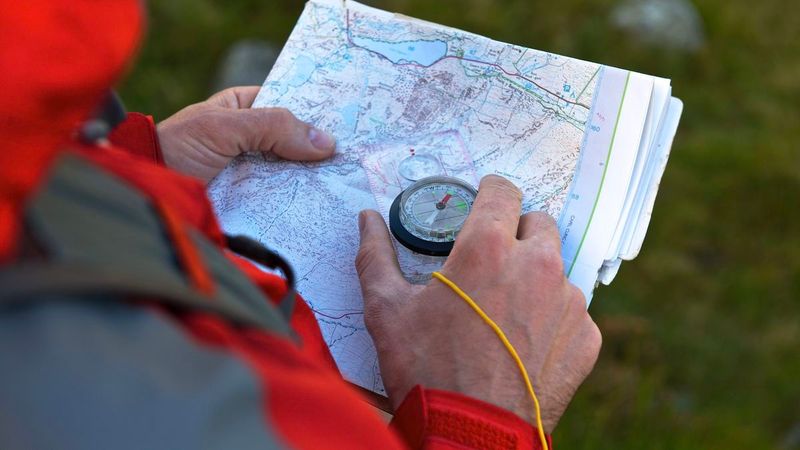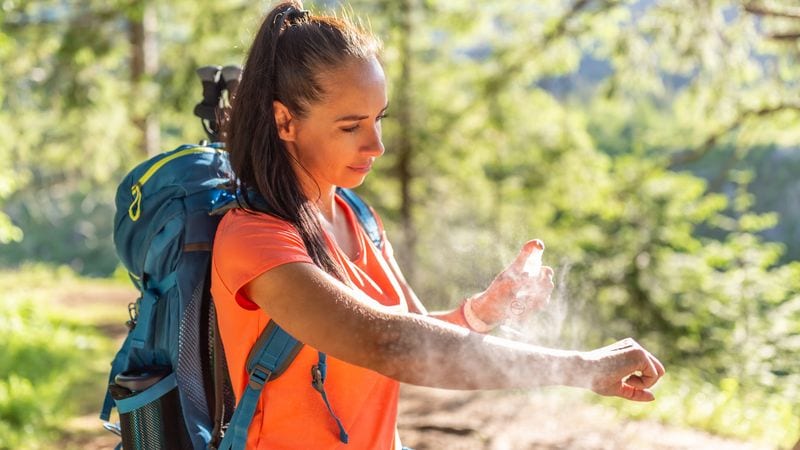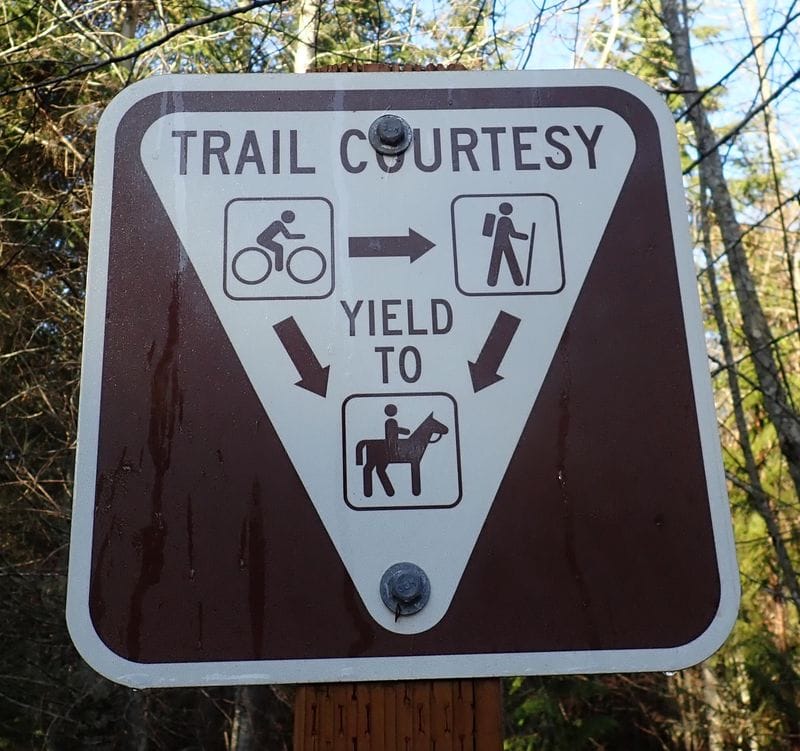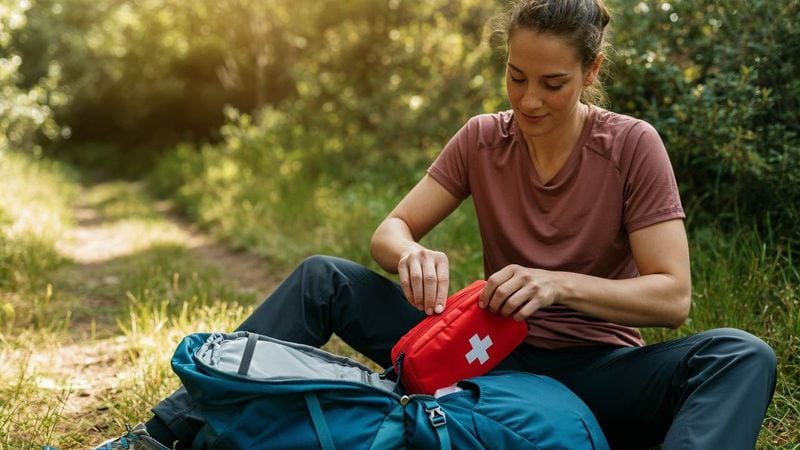Embarking on a hiking adventure can be both thrilling and intimidating for beginners. To ensure a safe and enjoyable experience, experts have curated a list of essential tips. These guidelines will help you navigate the trails with confidence, from choosing the right path to preparing for unexpected challenges. Whether it’s your first hike or you’re looking to improve your skills, these insights are designed to elevate your outdoor adventures.
1. Pick a right-sized route
Finding the perfect hiking route is like selecting a book you can’t put down. Beginners often focus solely on distance, but elevation gain significantly impacts difficulty. Imagine scaling a gentle hill versus a steep mountain; the experience vastly differs. Shenandoah National Park provides a helpful formula: √(distance × 2 × elevation gain). Always lean towards a moderate trail initially. You’ll still enjoy breathtaking views without overexerting yourself. Start simple, and savor the journey to gradually challenge yourself more.
2. Check the weather—and have a ‘no-go’ line
Weather can turn a pleasant hike into a challenging ordeal. Always consult the hourly forecast and radar before setting out. If thunderstorms threaten, heed the lightning rule: “When thunder roars, go indoors.” During hot seasons, hike early or late to sidestep peak heat. Your no-go line ensures safety—never compromise. Weather is as much a companion as your backpack; prepare for its whims and adjust plans accordingly. Hiking with a clear sky overhead feels like strolling through nature’s own gallery.
3. Leave a Trip Plan with a trusted contact
Preparation isn’t just about what’s in your backpack. It’s about the plans you leave behind. Draft a trip plan for every hike, detailing your trail, start time, party size, and expected return. Share this with a trusted friend or family member. Such foresight speeds search-and-rescue efforts if the unexpected occurs. The National Park Service offers a printable template for ease. Knowing someone has your back allows you to embrace your trek with peace of mind, turning worry into wanderlust.
4. Carry the Ten Essentials—every time
A hiker’s pack should be like a magician’s hat—full of surprises and solutions. The Ten Essentials are critical for any adventure. These include navigation tools, sun protection, and first aid supplies. A headlamp, repair kit, fire starter, and emergency shelter cover unforeseen troubles. Extra food, water, and clothing ensure comfort. This system, championed by The Mountaineers, equips you for myriad scenarios. With these essentials, you’re prepared for both the expected and the unexpected, hiking with a reassuring safety net.
5. Footwear first: fit > brand
Footwear is the unsung hero of any hike. Many beginners are drawn to flashy brands, but the real key is fit. Shoes should embrace your feet, preventing heel lift while leaving room for toes on descents. Break them in with short walks to avoid discomfort on longer treks. Pair them with moisture-wicking socks, and your feet will thank you. Like a trusty steed for a knight, the right shoes carry you across landscapes, turning potential blisters into blissful strides.
6. Stop blisters before they start
Blisters are the bane of many hikers, turning joyful outings into painful endeavors. They often stem from heat, friction, and moisture. At the first sign of a “hot spot,” apply tape and adjust your laces. Liner socks or cushioned pads can provide additional protection. Keep moleskin and padded bandages in your first-aid kit. Prevention is like a gentle breeze on a hot day—welcome and refreshing. By managing potential hotspots early, you ensure your hike remains a walk in the park.
7. Dress in layers; skip cotton
Dressing for a hike is like preparing a multi-course meal; each layer serves a purpose. A wicking base layer manages sweat, while an insulating mid-layer retains warmth. A waterproof shell protects from the elements. Cotton is the foe, clinging to moisture and sapping heat. Synthetic or wool layers are the allies, ensuring comfort regardless of conditions. Like a painter with a palette, mix and match layers for adaptability. Your clothing becomes a dynamic shield against nature’s unpredictability.
8. Hydrate and fuel smart (especially in heat)
Hydration and nutrition are the cornerstones of a successful hike. In hot weather, balance water intake with salty snacks and electrolytes. The CDC emphasizes staying hydrated, while the NPS advises against hiking during peak heat. Recognize signs of heat illness early. Think of your body as a finely-tuned machine, needing the right fuel to function optimally. By managing your intake, you turn potential fatigue into renewed energy, powering your adventure with every sip and bite.
9. Navigation isn’t optional
Mastering navigation is akin to holding the key to a secret garden. Download offline maps and carry a paper topo map and compass. Understand basics like bearings and declination. Electronics can fail, but traditional skills endure. Navigation transforms the trail into an open book, revealing stories etched by time. By honing these skills, you ensure every path is a welcome friend rather than an intimidating stranger, guiding you through nature’s breathtaking chapters with confidence.
10. Sun protection is daily PPE
The sun, though a vital ally, can become an adversary on the trail. Use broad-spectrum sunscreen, reapply every two hours, and generously cover your skin. Sunglasses and a brimmed hat complete your protective gear. The American Academy of Dermatology recommends SPF 30+ for optimal defense. Think of sun protection as a loyal guard against harmful rays, ensuring your journey remains a joy rather than a burn. With each precaution, the sun’s embrace stays warm, never scorching.
11. Bugs & ticks: repel and prevent
Bugs and ticks are the uninvited guests on any hike. Use EPA-registered repellents like DEET, and treat clothing with permethrin. Thorough tick checks post-hike are vital. Imagine walking through a serene forest without swatting at flies—pure bliss. Prevention acts as a shield against nature’s nuisances, allowing you to enjoy the tranquility of the trail. With each step, your hike remains an exploration of beauty, unburdened by pesky intrusions.
12. Know trail etiquette
Trail etiquette is the unspoken language of the hiking world. Yield to uphill hikers, and bikes yield to people. Everyone gives way to horses. Communicate clearly and avoid blocking the path, especially at viewpoints. Think of the trail as a communal space, where respect fosters harmony. By observing these courtesies, you enhance the shared experience, turning each trek into a collective journey. It’s not just about reaching the summit, but how we treat each other along the way.
13. Leave No Trace (protect the places you love)
Leaving no trace is the golden rule of hiking. Plan ahead, stick to durable surfaces, and pack out all trash, including food scraps. Respect wildlife and fellow hikers. The seven principles guide our footsteps, ensuring nature’s beauty remains untouched. Visualize the trail as a pristine canvas, each hiker contributing to its preservation. Adhering to these principles, we protect the places we love, leaving them unspoiled for future explorers to cherish.
14. Have an emergency plan
Emergencies are the unpredictable chapters in our hiking stories. Carry a whistle, headlamp, and first-aid kit. In remote areas, consider a satellite communicator for SOS signals. Envision a hike where surprises are met with preparation rather than panic. An emergency plan acts as a safety net, transforming potential crises into manageable situations. With foresight, you turn uncertainty into assurance, allowing every hike to remain a captivating adventure rather than a cautionary tale.
